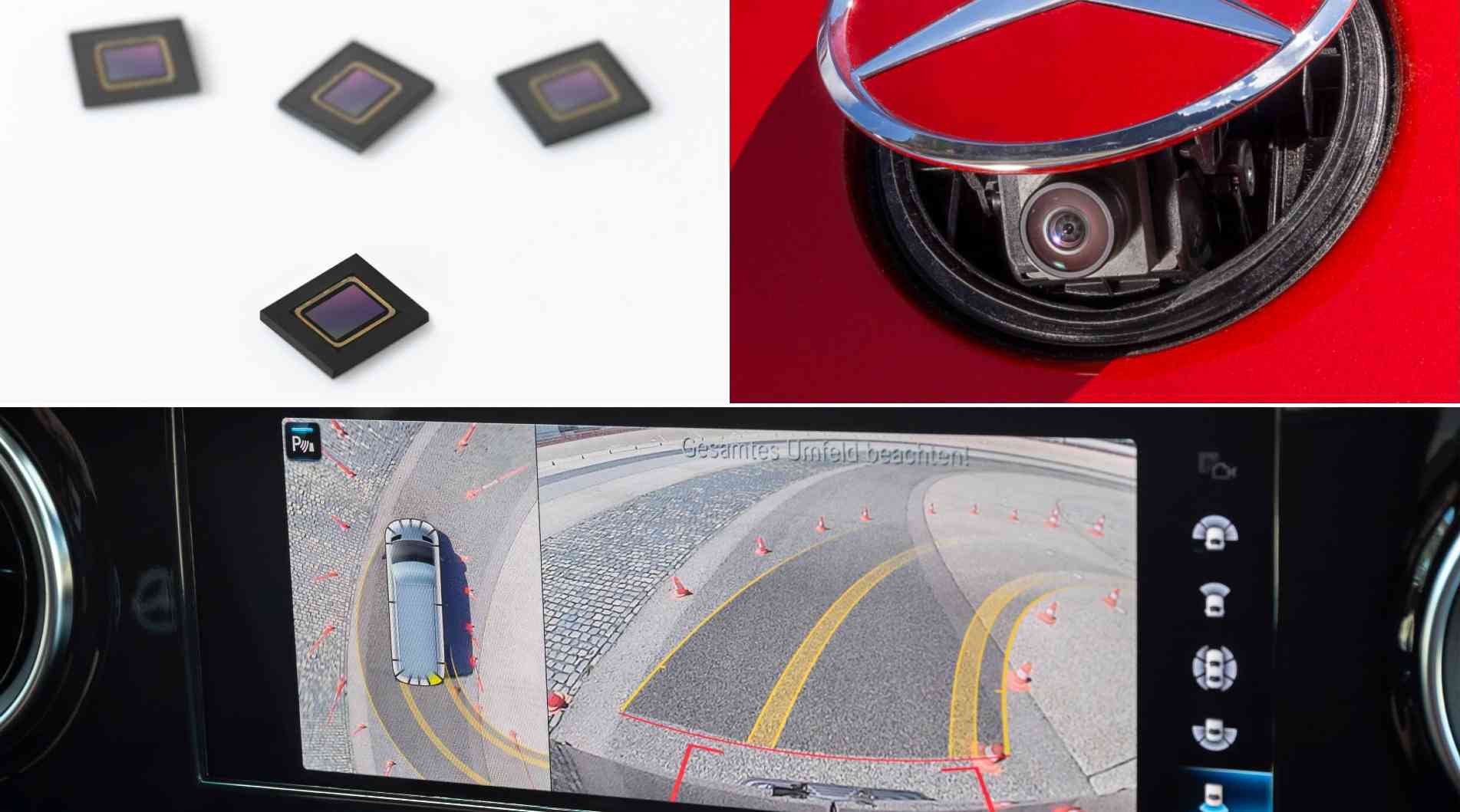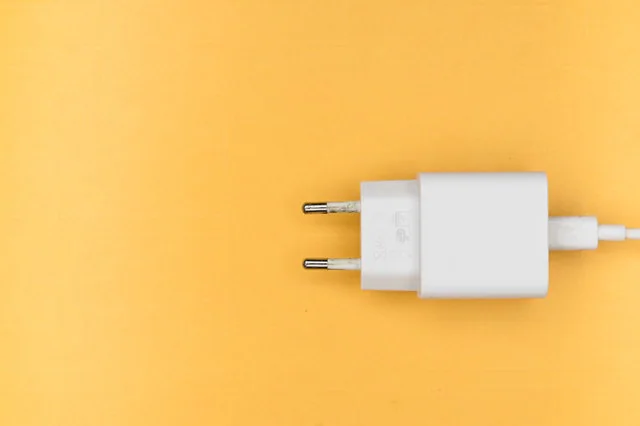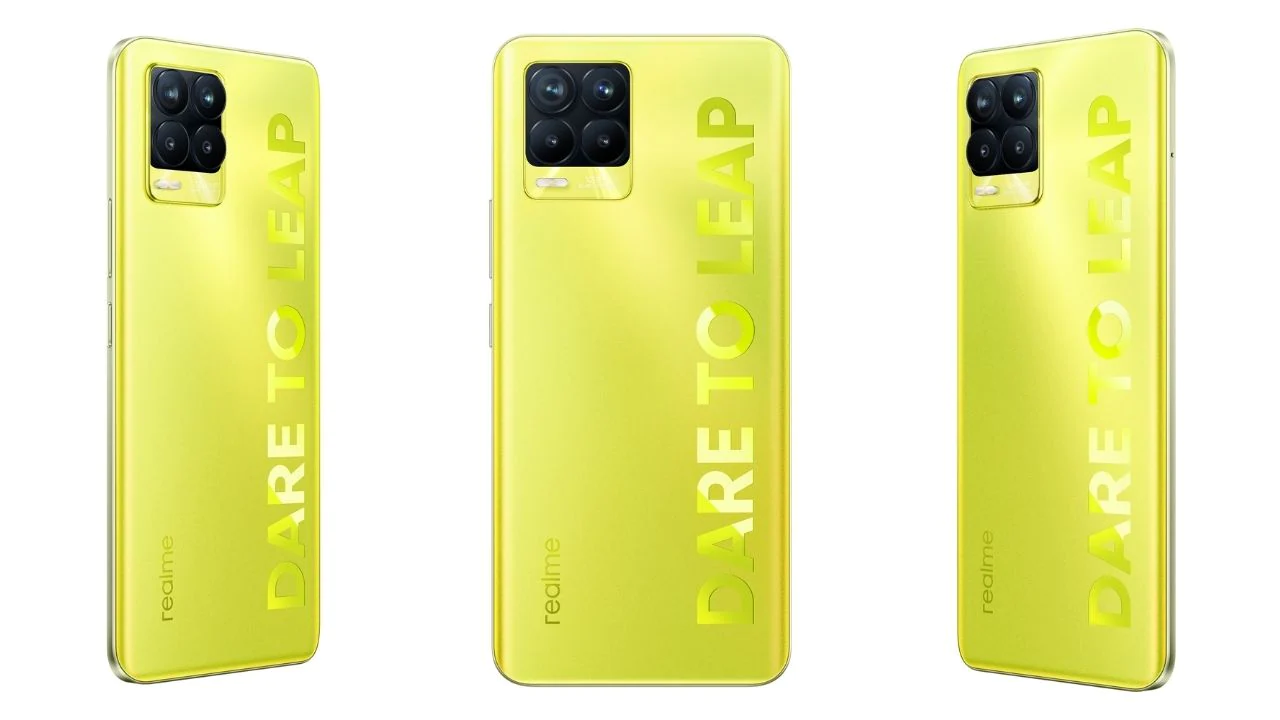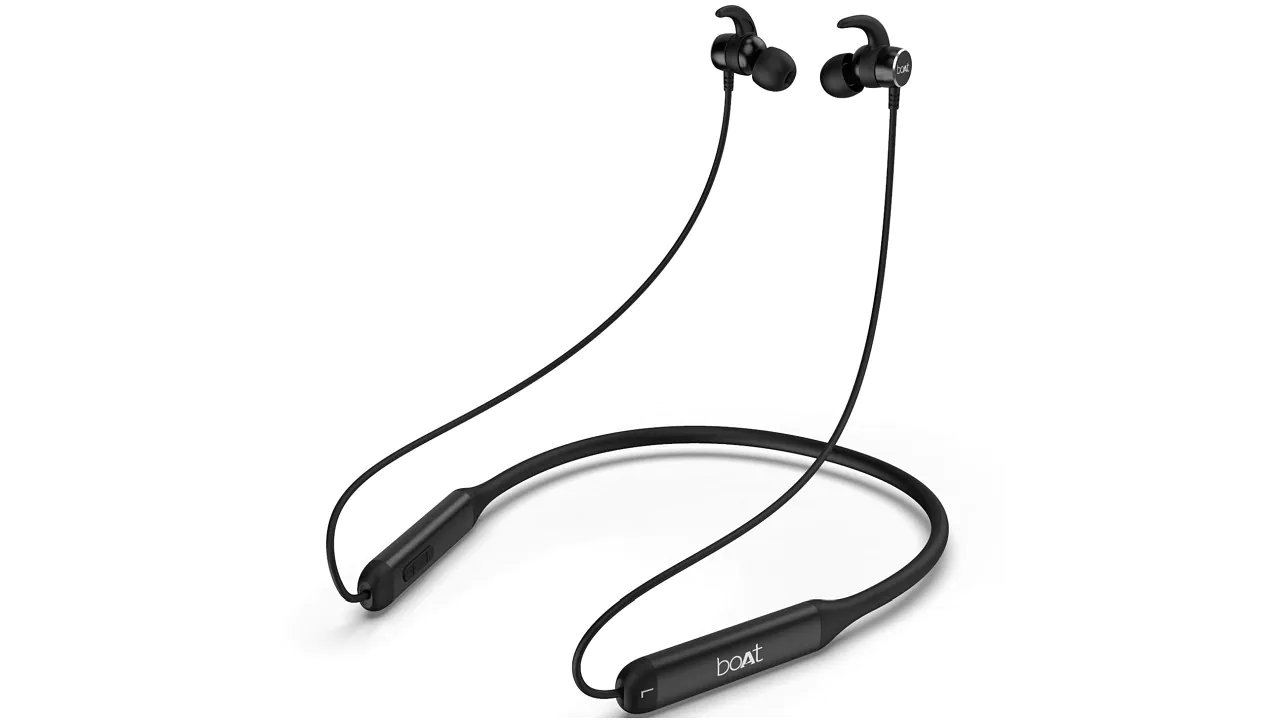FP TrendingJul 14, 2021 14:20:26 IST
Aiming to expand its presence beyond the smartphone sector, Samsung Electronics has introduced its first automotive image sensor named ISOCELL Auto 4AC. The sensor will be used for reverse cameras and surround-view monitors in cars and SUVs to deliver a high-definition feed (with a resolution of 1280 x 960) to the driver of the vehicle. The ISOCELL Auto 4AC, with its CornerPixel technology, is also said to make the driving experience much safer, as it provides an enhanced field-of-view for the driver.
Considering the diverse lighting situations on the road, the eyes take time to adjust to the at-times quick transitions from dimly-lit roads to brighter settings. The new sensor will stabilise the lighting environment on the camera feed. For the very first time, the company has used the CornerPixel technology that helps in reducing blind areas even in extreme conditions. This technology has a specialized pixel structure that spreads LED light over 90-hertz (Hz). It embeds two photodiodes, a 3.0µm pixel and a 1.0µm pixel within a single pixel area.

Samsung’s new sensor will stabilise the lighting environment on the camera feed during quick transitions from darkness to brightness. Image: Samsung/Daimler/Tech2
The photodiodes capture images in different exposures simultaneously. The sensor allows smoother transitions between dark and bright areas and offers up to 120 dB HDR with minimal motion blur, preserving more details of the road ahead. To minimise the flickering effect generated by LED lights of other vehicles on the road, the smaller photodiode’s exposure time can be extended, preventing pulsing LED light from being displayed as flickering on the in-car camera screen. This delivers a more pleasant viewing experience for the driver and more accurate image data on LED-embedded objects for the automotive system to recognise.
Talking about the sensor, Duckhyun Chang, Executive Vice President of Sensor Business at Samsung Electronics, said, “Starting with the ISOCELL Auto 4AC, we plan to expand our automotive sensor lineup to areas such as camera monitor systems (CMS), autonomous driving, and in-cabin monitoring”.
The 4AC meets the AEC-Q100 Grade 2 criteria, so it has a -40°C to 125°C operating temperature range, and has entered mass production.










